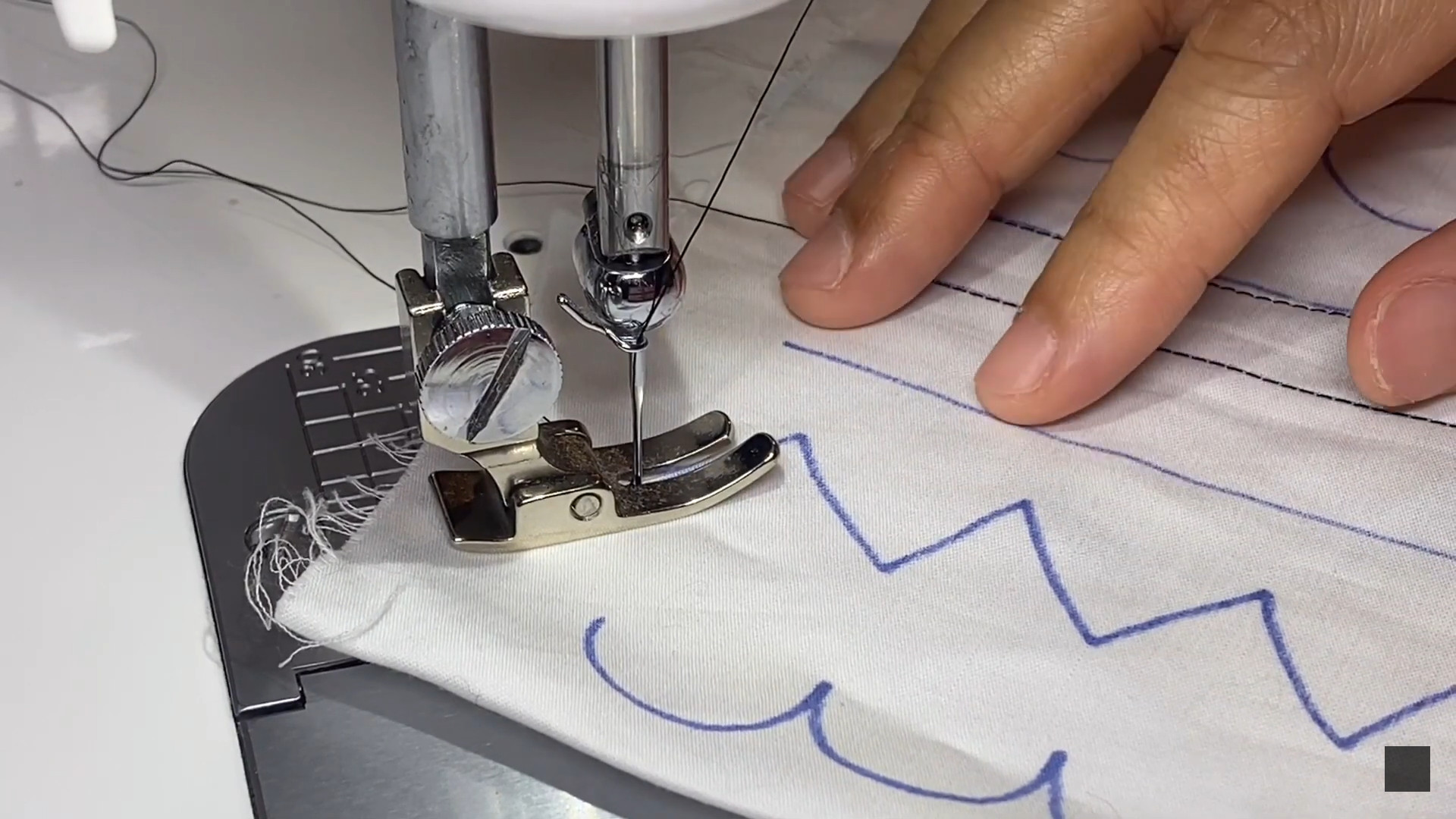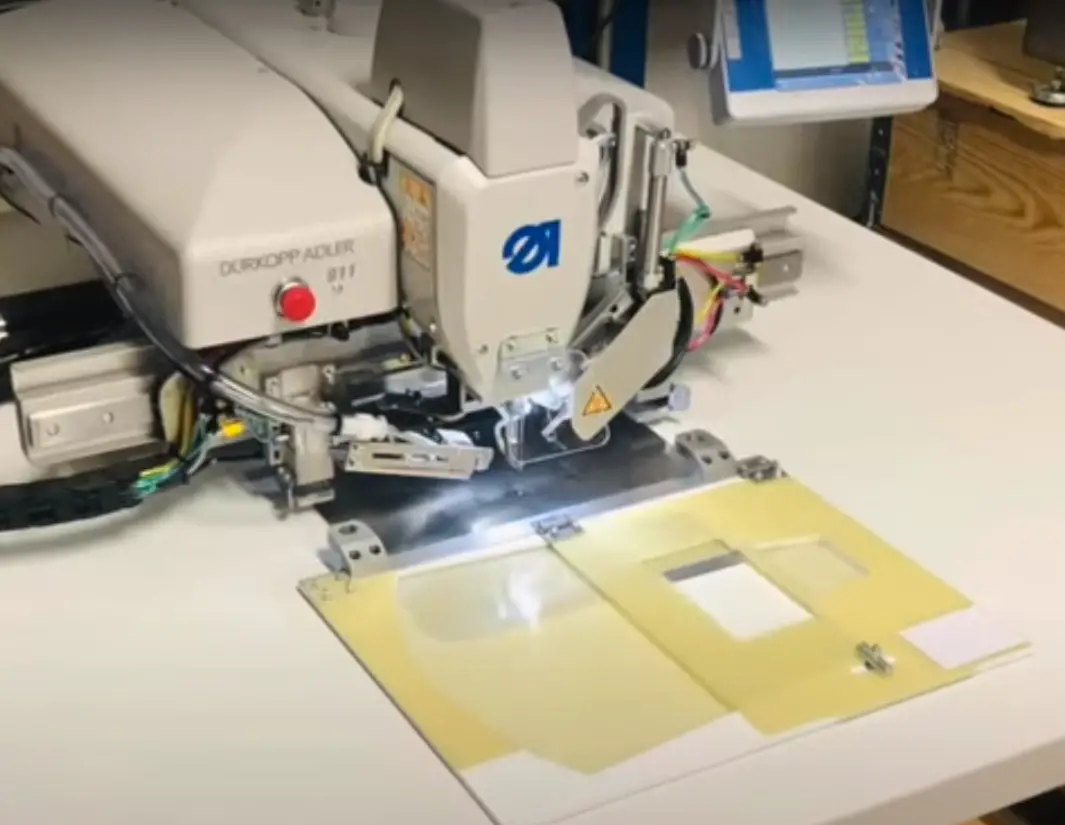How long does it take to sew a dress?
Many beginners consider sewing a dress to be a complicated, expensive, and fraught process. However, the entry process will not take as long as you think.
So, how long does it take to sew a dress exactly? What do you have to prepare during that process? I have tried a few ways and will give you helpful tips.
Continue reading this post so as not to miss valuable and helpful information!
Table of Contents
How Long Does It Take To Sew A Dress?

You can quickly complete a simple dress in 3 to 7 hours. However, it also depends on the dress pattern as well as the sewing technique you choose.
There are many factors involved in sewing a dress. So the completion time is also different; it can be a few hours or even a few weeks.
If you have never sewn or are just starting in this area, you will probably find it challenging to handle. Accordingly, the time you need to complete your project is often longer than professional workers.
As you sew better and faster for some simple patterns, the more difficult ones don’t matter much. Of course, you will shorten the time equally significantly.
Related: Singer M1000 Review
Is It Hard To Sew A Dress?
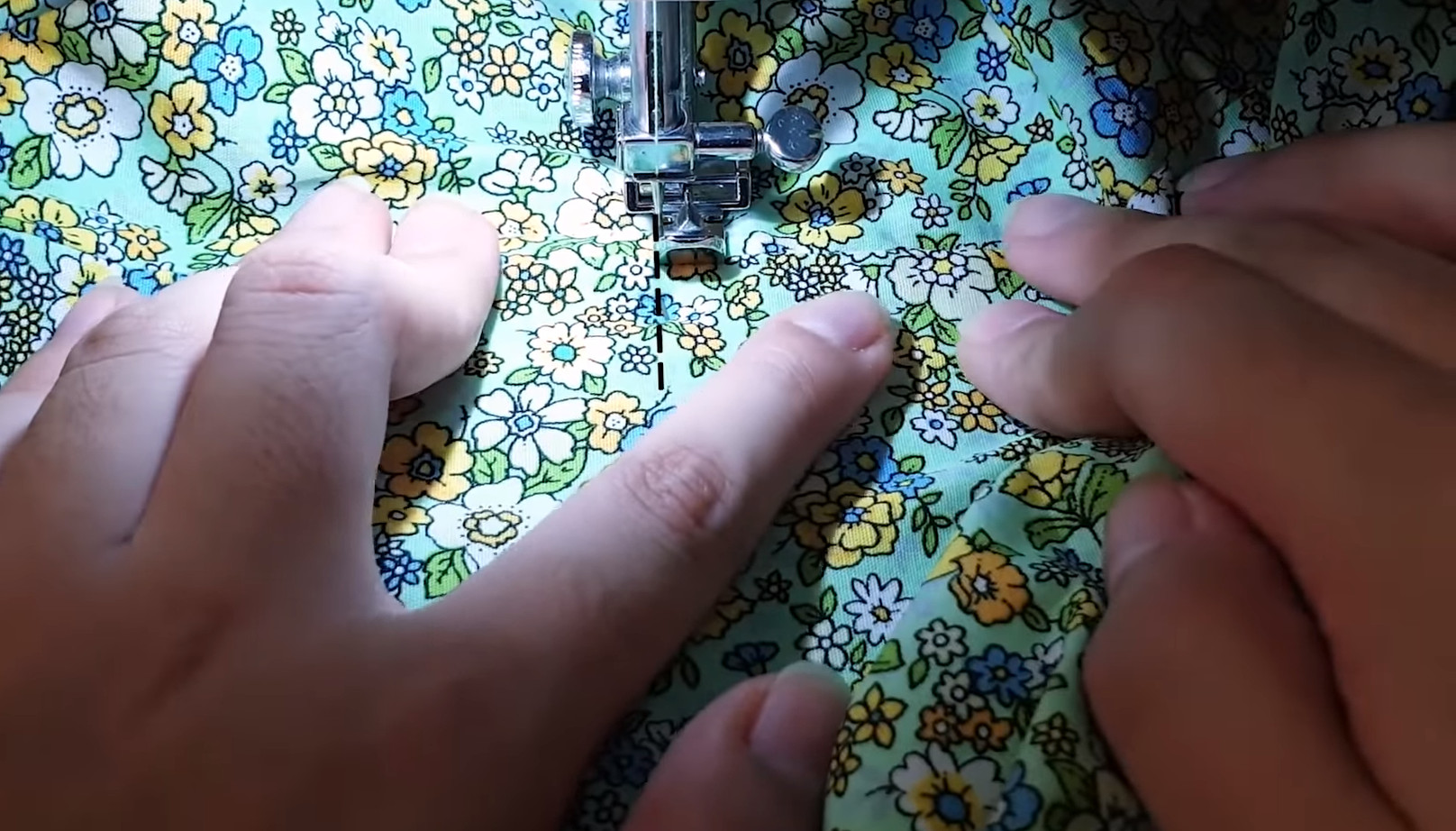
The answer is no if you have the passion, skill, and the right equipment. As mentioned, sewing is an easy and rewarding job.
Sewing can help you relax and feel comfortable when it’s a hobby. This is also the reason why you can become better at sewing.
Media is a great resource and ideal for self-taught sewing and making simple patterns. You can watch instructional videos, find practical tips, and check out sewing patterns from major brands.
How To Take To Sew A Dress? A Step-by-Step Guide
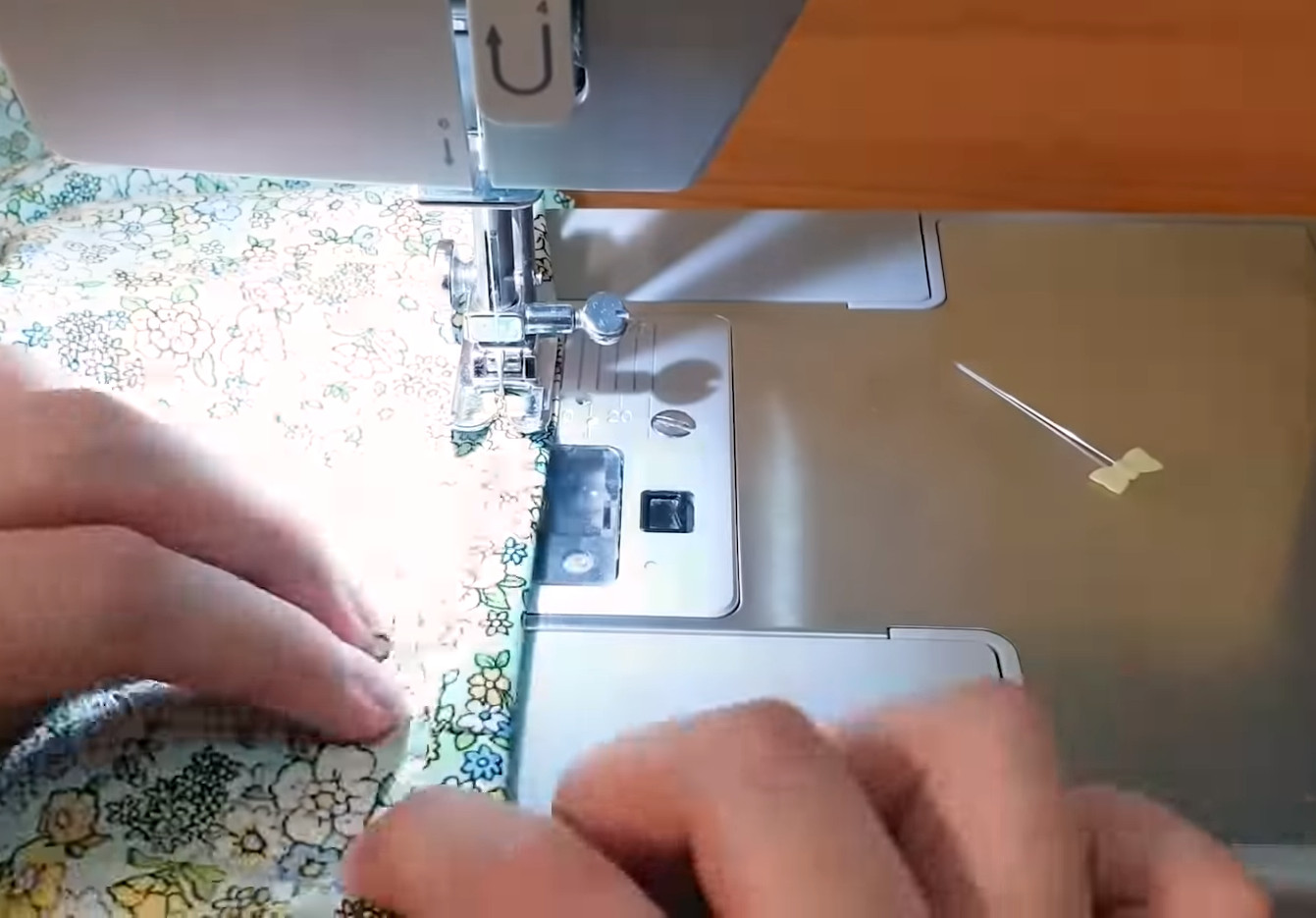
To finish a dress, you must follow the steps below. The first steps are pretty simple, while the remaining ones require you to spend more concentration and meticulousness. Continue reading for more details!
Fabric selection
Choosing the fabric is the most exciting part, but it is also essential because this first step will determine the overall dress quality.
Yet, its classification and origin make it difficult for you to choose. You should start with a fabric that’s easy to use, so you don’t waste your time or get bored.
With this in mind, I appreciate dispersion patterns. They allow you to position the fabric easily and precisely place the stripes to achieve the desired effect.
Besides, medium-weight materials, cotton or polyester, seem like a good choice.
Not only is the fabric easy to use, the more you should consider its quality and durability. Ensure fit and comfort for whoever wears the products you create.
If you’re new, I don’t think you should choose fabrics with large prints or stripes, but start with solid colors, flowers, or smaller patterns.
Read the pattern
The next step after you have chosen the suitable fabric is to choose a dress pattern. You must carefully read and understand your design before you start sewing something. It contains details, grain lines, knots, notches, and dots.
It’s not just you but any newbie who feels nervous when looking at sewing patterns. It contains many confusing technical terms.
I believe the free online resources will help you understand these terms for a more comfortable and accessible initial experiment.
Typically, a tailor only needs 30 to 40 minutes to read and understand their pattern. Yet, I recommend spending more time on intricate and detailed designs.
Fabric marking
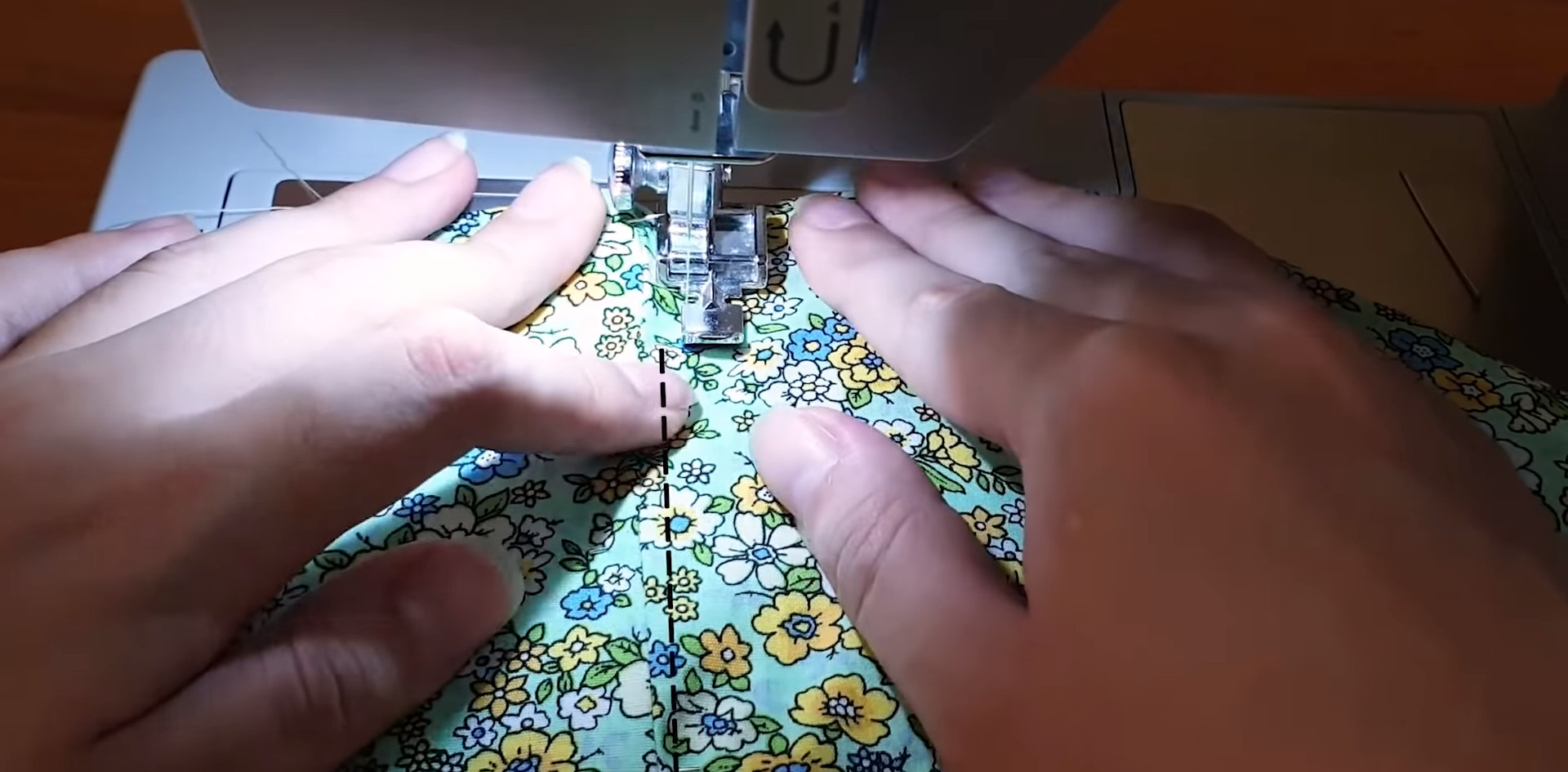
Once you have organized and understood the pattern you intend to make, the next thing you need to do is mark the fabric. This step is quite essential, which affects the accuracy of how you make the next cut.
At this point, use your tailor’s special chalk to draw textures, folds, and pin details on the fabric. No matter how much information you have, always leave a seam allowance.
Once you have drawn all the desired pieces, take out the pattern and cut around the pattern with scissors. During cutting, you must be careful not to chip into the seam. Instead, it is recommended to make a longitudinal cut.
In this step, a tape measure, scissors, chalk, and pins are great tools and indispensable for any tailor.
Sewing fabric
Consider using fabric clips and staples to help minimize wrinkles that appear or clump together after sewing.
Besides, ensure you have transferred all marks on your pattern onto the fabric before starting the final sewing. These operations will help you save time and work more efficiently.
To succeed at this step, I think you should use a sewing machine with your skills. Over time, you will become more confident when operating the sewing machine.
Finish touches
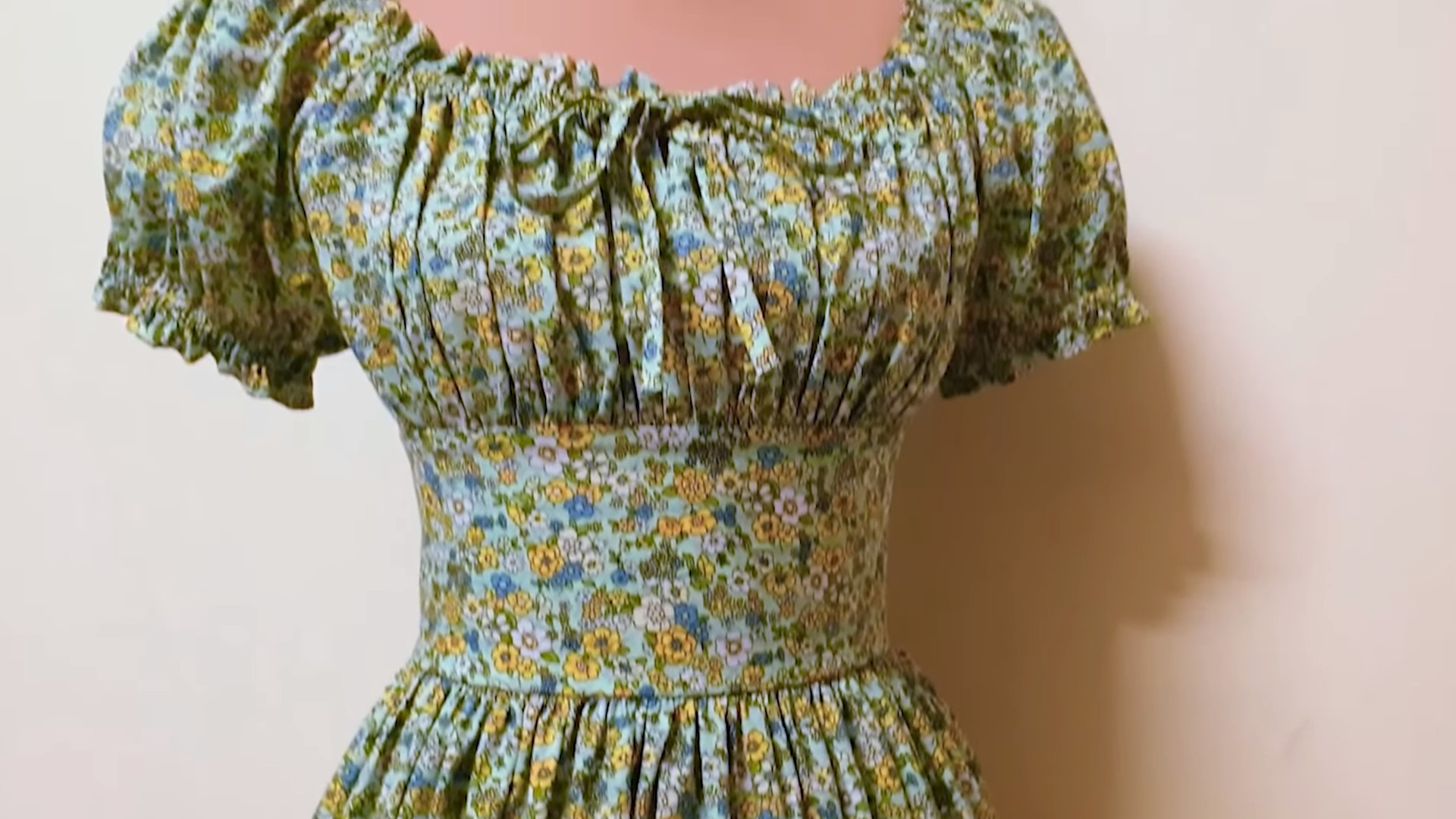
Last but not least, you need to finalize the final stitch of the dress. These include checking for thread strength and adding buttons or zippers.
Related:
FAQs
Is sewing an expensive hobby?
The answer is No. Sewing is the ideal investment for the cheapest hobby.
You can choose it to learn how to sew and improve your skills, and I believe its benefits and profits can be enough for your satisfaction.
How much does it cost to sew a dress?
On average, $35,000 per hour is the cost you pay the tailor. Also, some tailors charge other fees, such as try-on fees, dress repairs, and change requests.
How difficult is it to learn to sew?
Like any job or skill, learning to sew has some advantages and disadvantages.
However, this process is not as complicated as you think. It’s as simple as stitching pieces of fabric together to make a dress or fixing a button-down.
Can I teach myself to sew?
Sure, you can learn to sew with your method. I highly encourage you to take the time for the free online lessons and practice on some simple projects at home.
I believe it will be swift for you to catch up and acquire more skills in this field.
What is the most accessible piece of clothing to sew?
The short answer is skirts. It is an excellent choice for beginners who have little experience and save time.
Conclusion
Through this detailed article, you have understood the question: How long does it take to sew a dress? You can complete a simple dress in 3 to 7 hours.
Try making one for yourself and your loved ones. Your time will be beneficial for the pleasure you get after completing it.
Don’t forget to double-check the sewing process, from choosing fabric to reading patterns, cutting, and sewing, as I mentioned in the tutorial above.
Lastly, remember that lots of practice and skill enhancement will help you make it perfect. Thanks for taking the time to follow us!


